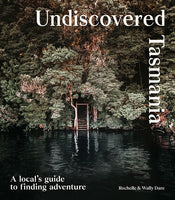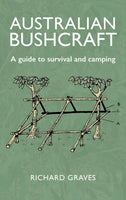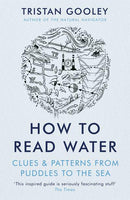Navigation Using the Night Sky

 It is thought that the Vikings were able to navigate their way around the globe discovering Iceland, Greenland and America by using the stars, possibly the oldest use of astronomy. The Vikings then used polarisation and the mineral sunstone to navigate in completely overcast skies. By the end of the 13th century, nautical charts were being drawn and the skies were no longer the only means of navigation. In the modern world, we have the compass and GPS technology but if these ever fail you, there’s always the night sky for leading the way just as the Vikings did thousands of years ago.
It is thought that the Vikings were able to navigate their way around the globe discovering Iceland, Greenland and America by using the stars, possibly the oldest use of astronomy. The Vikings then used polarisation and the mineral sunstone to navigate in completely overcast skies. By the end of the 13th century, nautical charts were being drawn and the skies were no longer the only means of navigation. In the modern world, we have the compass and GPS technology but if these ever fail you, there’s always the night sky for leading the way just as the Vikings did thousands of years ago.
Star Navigation
In the northern hemisphere, a star called Polaris or North Star remains in the same place and marks the north celestial pole. Finding the Polaris allows you to determine your latitude depending on how high the Polaris is in the sky. With no star near the south celestial pole, we southerners use the Southern Cross to find south. With the Southern Cross, you will be able to find the south direction at any time of night all year round because it never sets in the sky, when viewed from the southern part of Australia. All stars in a constellation are named based on that constellation. The naming goes from brightest to dimmest star and is designated by the Greek alphabet. For example, Beta Ori is the second brightest star in Orion. Spend a little time learning about the stars and constellations and you will always know where you are in the world. The Heavens
The Heavens
The Heavens map shows star charts and constellations for the northern and southern hemispheres. There is no need for expensive telescopes with all 2,844 stars on the chart plus nebulae and star clusters being able to be seen with the unaided eye.
 Celestial Navigation for Yachtsmen
Celestial Navigation for Yachtsmen
The 12th edition of this bestselling textbook is proof of the success of Mary Blewitt's concise and clear style in explaining a particularly difficult skill, and it has been the bible for many generations of ocean navigators.
 The Practical Skywatcher’s Handbook
The Practical Skywatcher’s Handbook
This hands-on guide is the sailor's essential atlas of the sky. Assuming no prior knowledge, this comprehensive, practical handbook helps you read and understand the changing sky from land or sea. Readers are given hands-on advice on how to read the night sky and star charts. Learn which stars can be seen with the naked eye or require binoculars or a telescope.
The handbook also contains 150 sky charts, showing what features can be seen in each position and when. Every constellation in the northern and southern hemisphere is included. Learn simple methods for finding the biggest, brightest stars and then identifying lesser stars by their position.
 Celestial Navigation
Celestial Navigation
Guiding a craft using one of the oldest of the mariner's arts-celestial navigation. As romantic sounding as sailing to Tahiti did centuries ago, using the sun, moon, planets, and stars to guide one's boat on the seas is enjoying a comeback. For those who do not wish to be caught short when modern technology fails on board, knowing how to chart a path with the aid of a sextant is an essential navigating skill.
If you are a budding astronomer and looking for resources, don’t hesitate to contact us on 08 9335 8665, email info@chartandmapshop.com.au or visit us in-store.Featured collection
Categories:
boating
news
Posted on: Feb 14, 2017








Comments